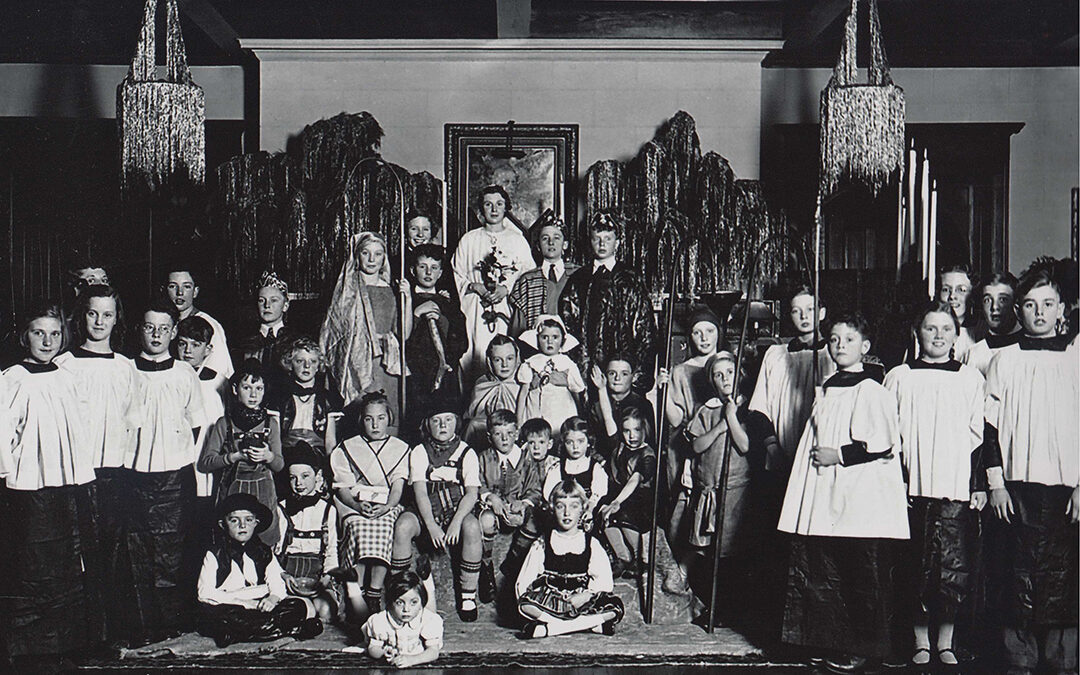
Photo: Deanna Bunkelman
The ice harvest was an important time on Lake Minnetonka in the early 1900s.
Before refrigerators, ice was harvested from several bays on Lake Minnetonka, providing the cold for food storage, as well as jobs for locals in the early 1900s. The process began in the fall, with weed removal to ensure clear ice. For safety of both the ice harvesters and horses, the ice needed to be at least 18 inches thick. Incredibly, there was never a fatality related to ice harvesting on Lake Minnetonka. The ice thickness also ensured large chunks could be harvested that would last throughout the summer, with 24 to 32 inches being ideal.
A grid was cut on the lake using a horse-drawn plow, defining each block to harvest. Then breaker bars and hand saws were used to cut the individual blocks. The cubes of ice floated and were lifted by large tongs onto wagons, taken to ice houses and packed in sawdust or hay. The blocks weighed anywhere from 200 to 300 pounds, adding to the difficult and hazardous labor.
Ice houses were sized to handle local market needs until the next year’s harvest. Well-built and maintained ice houses preserved ice for a year or more until the next harvest.
Customers for the ice blocks included the Lafayette Club and Stubbs Bay Creamery.
Deanna Bunkelman is the president of the Excelsior-Lake Minnetonka Historical Society and writes about local history in her monthly column.






















